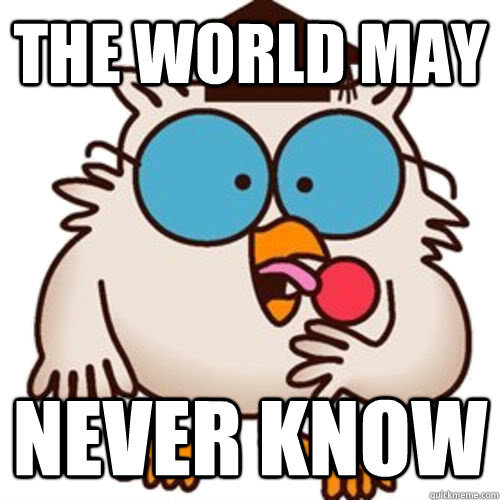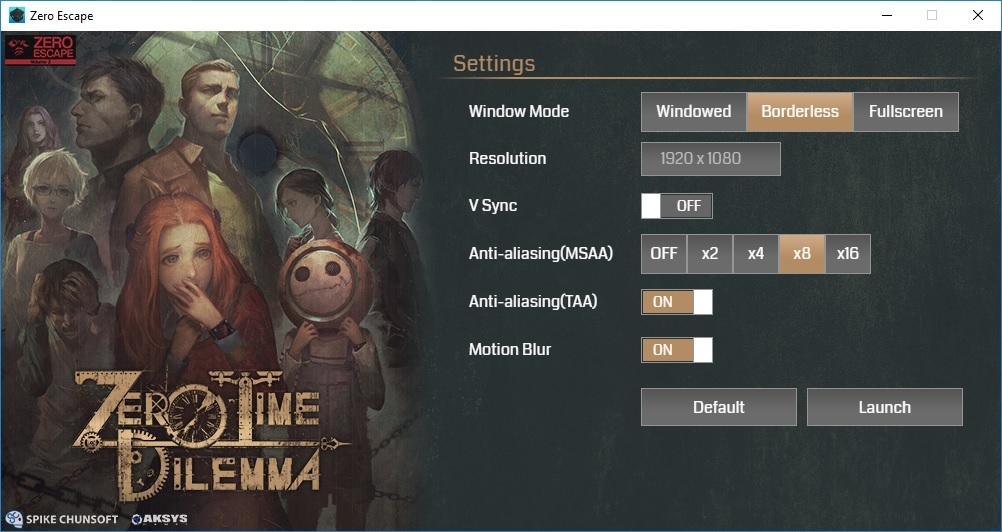here's a pretty good opinion piece from polygon which sums up nintendo's recent failures and impending challenge with the switch. link to the article, full text below:
The video gaming world owes much to Nintendo, something that is easy to forget.
It was Nintendo which, following a crash of interest and sales in video games in the early 80s, managed to not only revive the industry, but reinvent it. The Nintendo Entertainment System brought with it a series of defining firsts. The NES did much to kickstart the medium’s steady rebirth and evolution from children’s hobby to sophisticated, meaningful medium.
But the Nintendo of today faces a seemingly endless stream of struggles. And the company’s biggest challenge as it fights to survive an epic console failure in the Wii U is, it seems, the company itself.
This year couldn’t be a more stark example of Nintendo versus Nintendo.
For each wonderful, innovative bit of tech Nintendo rolls out, Nintendo is right there to make sure there’s something to put people off.
Take just the last month.
Announced in July, the NES Classic Edition is a tiny, almost hand-sized remake of Nintendo’s original 1985 video game console. The perfect replica, only smaller, comes with 30 games built in, a single controller and the ability to plug into a television via HDMI to deliver the classic games in high definition.
The adorable retro remake was instantly embraced as a must-have for the holidays. Fans flocked to stores to pick up the $60 treat. Perhaps too many fans.
The device soon sold out everywhere, and quickly.
Nintendo stepped in to do what Nintendo does best these days: Get in the way of its own success.
The company declined to say how many of the devices were shipping to the U.S. They wouldn’t initially even say where you could buy them. Dedicated video game retailers and big box stories reportedly received as few as 10 or less of the consoles on launch day.
As the scarcity grew, so did the demand.
Nintendo remained diligently silent on where to pick up the consoles, when they would be coming or how many would be delivered.
A substantial grey market bubbled up in the vacuum created by Nintendo’s silence.
Soon, the only reliable place a person could buy the $60 remake was on eBay for $200 to $300 a pop.
As stalwart fans camped overnight in front of stores with hopes of paying the stock price for the tech, eBay was at one point selling one of the devices every 18 seconds.
In the final three weeks of November, Nintendo sold nearly 200,000 of the remakes in the U.S. alone. Or to put it another way, Nintendo sold nearly as many NES Classics in its first three weeks as it did the Wii U console in its last six months. While that might sound like a lot, it’s important to remember that it still doesn’t approach the numbers of a full console’s launch. For instance, Sony sold more than a million PS4s on launch day in North America.)
But what could have been, should have been, a wonderful moment for Nintendo was twisted into a marketing train wreck with fans and parents either having to wait in lines to find out they couldn’t buy the thing or pay four times the asking price on eBay.
Nintendo either greatly mismanaged the manufacturing and distribution of the console, or simply didn’t understand its own market. And it wasn’t the first time, the same exact issues befuddled the launch of Nintendo’s cute little Amiibo figures.
Earlier this week, Nintendo had another chance to win over fans.
The company, once famously reticent about bringing any of its games or characters to the smartphone, released its first full, real game to the iPhone.
Super Mario Run is a game designed to strip down to the basics, the elements of the classic Nintendo Mario games that have moved so many consoles and forged so many happy memories. Mario automatically runs to the right of your phone screen. Players simply have to tap on the screen to tell him to jump to collect coins, traverse the landscape and do little tricks.
It’s a fun, hard-to-put down nostalgia engineseemingly designed to bring Nintendo fans back into the fold. Unless you try to play it anywhere there isn’t a cellphone or WiFi signal.
Nintendo, it seems, showed up to rain on Nintendo’s parade.
The company, which has a history of allowing its fears of piracy to adversely impact the games it creates that dates back to the ’80s, decided the best way to prevent someone from stealing its $10 game was require an online check-in before and after after every little game you play. Don’t have a strong enough connection, or none at all because you’re on a subway, in an elevator, on a plane or simply live out in the country? Then you get a big error message that prevents you from doing anything with the $10 app you just purchased.
There always seems to be that little twist, the dulling of excitement built into Nintendo’s products and games these days. It’s the product, I think, of a company with one foot firmly nailed in the past and a company struggling internally to redefine itself.
And unfortunately, Nintendo needs the goodwill of fans, of players of everyone right now. Following the disaster of the Wii U, the company can’t release another failed console and remain an independent, platform creator. With the Switch, Nintendo’s still secretive hybrid portable and home gaming system, the company has a big chance to not just catch up, but leapfrog the competition.
They have the innovation, they have the games. I just hope that when Nintendo fully unveils its new system next month, and the price they’re asking people to pay for it, that Nintendo doesn’t show up to ruin everything.
Brian Crecente, writing for Polygon


Log in to comment